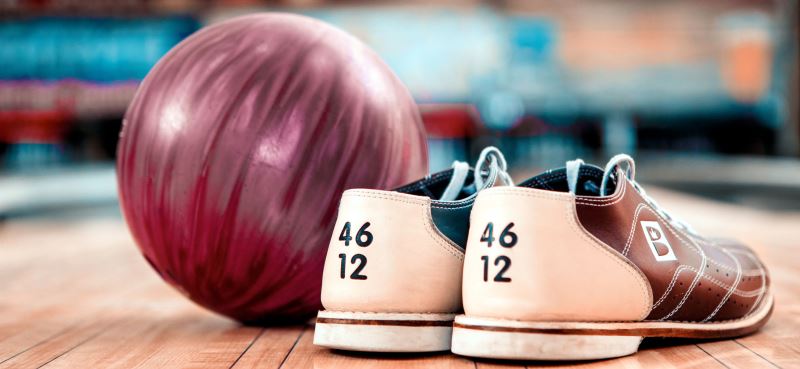Tips for Treating Back Pain When Bowling
Category: Back Pain | Author: Stefano Sinicropi

Bowling is a fun activity that you can play alone or in a league with your friends, and while it may not seem like all that physical of an activity, there’s plenty of lifting, bending and twisting taking place. Because of this, one of the most common injuries or places we feel sore in the following days is our back. Below, we explain why the sport can exacerbate spine pain, and how you can keep back pain at bay when you’re bowling.
Poor technique
Bowling is a fun sport because you don’t need to be a professional to enjoy it. However, that also means that a lot of people may not use proper techniques, which can increase their risk of a spine injury. It’s never too late to take a bowling class to learn the proper techniques and how to make sure your movements aren’t putting your spine in harm’s way.
Ball Weight
There’s no perfect formula for determining which weight of ball you should use, and if you don’t have your own ball, odds are you’re just planning to roll the first ball that fits your finger size. However, ball weight is important for protecting your spine. Too heavy, and you may overstress your back as the heavy ball forces you to bend further or work harder as you twist and release. Too light, and you may find yourself trying to overthrow or over-rotating as you release the ball. Try to find a ball that feels like a proper weight for your age, ability and strength.
Overdoing It
Bowling can be a lot of fun, but if you do it too often or roll too many games in a night, your spine is going to feel it. Players who bowl a number of times a week or a lot of games in a night are prone to muscle fatigue, sprains and even disc degeneration. If you begin to feel any discomfort in your spine, call it a night and give your back some time off.
Not Strengthening Your Spine
Another way to protect your spine against injury while bowling is to strengthen your spine and your core when you’re not bowling. Strength training and targeted exercise routines will improve key muscles groups in your spine, which will reduce your likelihood of an overstress injury or a sprain. Strengthening your spine when you’re not bowling can help prevent against injuries like bulging or herniated discs.
Shoe Support
Finally, if you bowl regularly, it’s probably worth your while to invest in your own pair of bowling shoes. The shoes the lane provides may be slippery and likely won’t provide your spine with much support. Bowling shoes typically do not have much grip because your feet are supposed to slide a little during your release, but if they’ve lost the majority of their grip, this can lead to slips and back injuries. Invest in a pair of bowling shoes, or at a minimum, inspect the pair you are given at the counter and make sure they have some traction left.